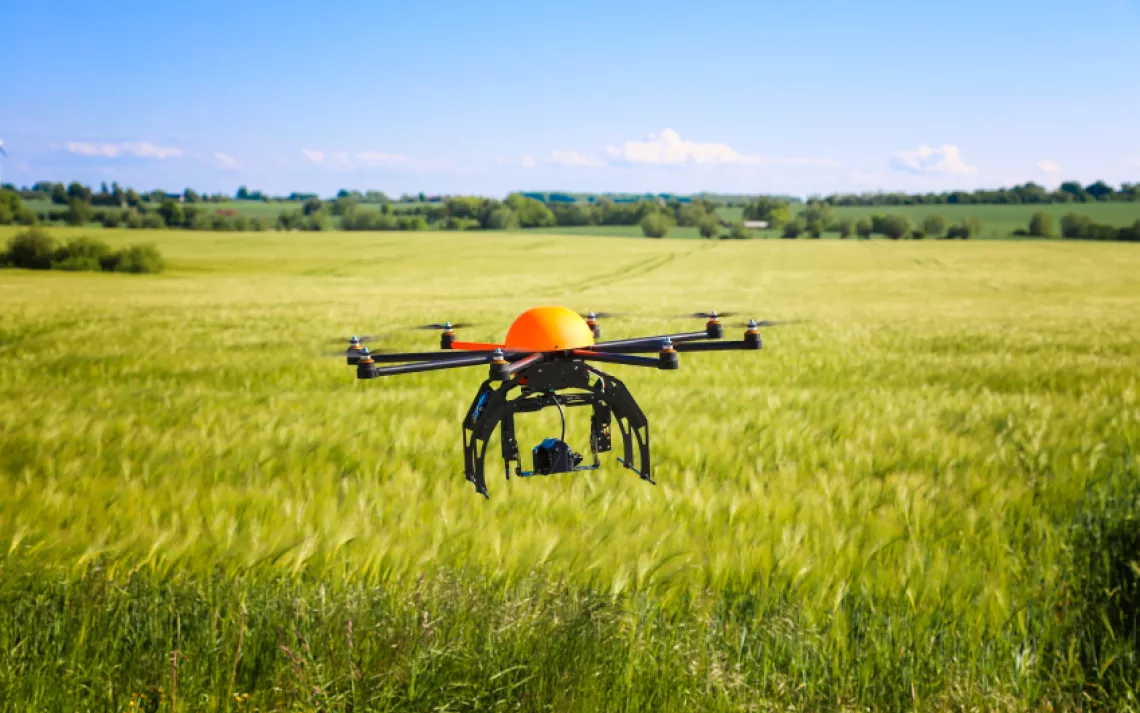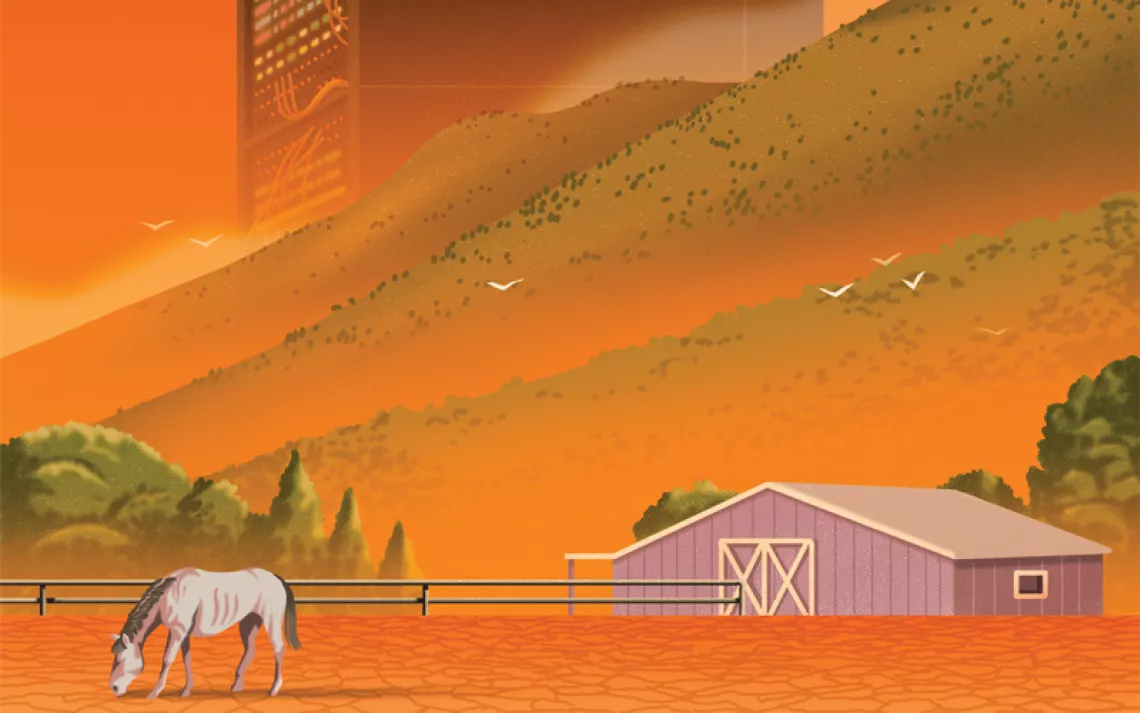Nerds in Flight: Greening Drones

Do you reminisce about your days in Robotics Club? Do you feel nostalgic when you see a remote-controlled car? Do you fantasize about motors and gears? Well, my friend, you are not alone in your love of gadgets and Gaia, in fact, there’s an organization that caters to people just like you. It’s called Nerds for Nature (N4N) and they are learning a lot about drones.
In December, Nerds for Nature hosted a drone MeetUp event on Mare Island, a U.S. Geological Survey (USGS) test site about thirty miles north of San Francisco. The event was open to the public, and “UAS nerds came pouring out of the woodwork,” laughed Ken McGary, a core organizer for N4N. Unmanned Aerial System (UAS) is a term recreational enthusiasts are trying to promote over “drone” to differentiate their small vehicles from giant (and lethal) military iterations. At Mare Island, N4N participants tested out small quadcopters equipped with remote sensors to test water quality. UAS designer and N4N member Sean Headrick is excited about ecology applications for his prototype Hugo which gave a demo flight at the event. “With eco-research you get into a different way of interacting with the environment. It’s everything from landing in it and taking sensor readings to actually taking physical samples.” “We've had a flood of interest from many different directions to try things with eco-drones.” said McGary.
A second drone meeting was held in April and focus shifted from water experiments to aerial photography. Many N4N members were interested in camera-bearing drones, and not just for thrilling GoPro footage. N4N member and owner of Kopter Vision Colin Snow, uses drones for high-quality HD videography. Snow discussed with the group how cameras with powerful zoom could be used for scientific wildlife observation. Snow’s high-end cameras mounted on a drone could stay at a safe distance from wildlife and still collect valuable information on habitat and behavior.
Currently, drones are a hot topic among government agencies. Their implications are being closely examined by the Federal Aviation Administration (FAA). While USGS scientists are hobbled by red tape, citizen-scientists can step in to collect data and begin research on changing ecosystems. The USGS got wind of N4N’s scientific endeavors with drones and invited them out to Mare Island for some demonstrations. Working with Nerds for Nature has been encouraging and their efforts are already advancing conservation, said John Takekawa, lead Wildlife Biologist at the USGS and head one of the largest ecological studies in the country.
Typically, the USGS has to send out staff once a month to do manual salinity tests across three states devouring both time and money. Using drones equipped with remote water sensors to build a large wireless network for monitoring coastal ecosystems would save biologists a great deal of work. Small drones built by nature nerds can help track sea level rise and keep an eye on storms, both of which have negative effects on coastal habitats.
“Every year we’re trying to learn more with less,” said Takekawa regarding dwindling funding for conservation research. Getting citizen-scientists involved in conservation and ecology is a huge win for the field. “You don’t usually link technology and ecology,” observes Takekawa, but “being more efficient means using tech. It’s so clear, the gains that can be made.”
This article is one in a series about drones and ecology. Find other drone-related articles here.
 The Magazine of The Sierra Club
The Magazine of The Sierra Club



